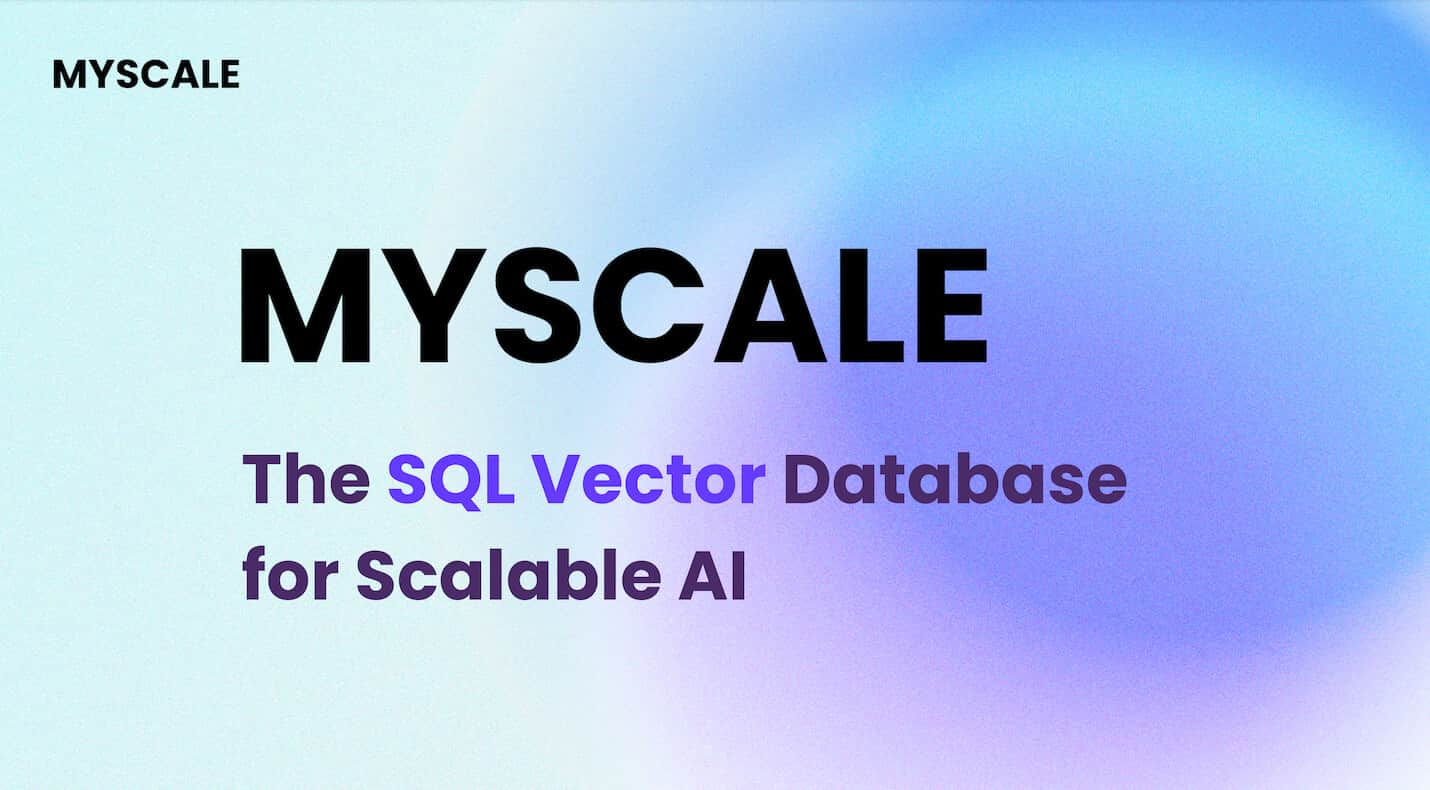# Understanding Vector Databases (opens new window)
# What Are Vector Databases?
Vector databases, unlike traditional ones, store data using multidimensional arrays or vectors (opens new window). This unique approach allows for a more flexible representation of complex relationships within the data. They excel in applications like similarity search, AI, and machine learning due to their high-dimensional search capabilities (opens new window) and customized indexing. These databases also store vector embeddings (opens new window) of the original data, enabling efficient semantic searches (opens new window) that are robust against typos and synonyms.
# The Role of Performance in Vector Databases
In the realm of vector databases, performance plays a crucial role. These databases provide fast and accurate retrieval of neighboring vectors, striking a balance between speed and accuracy. They are designed for high-scale production settings where efficiency (opens new window) is key. Managing diverse workloads (opens new window) and evolving data requirements efficiently is a hallmark of vector databases. They depart from the traditional relational model to embrace vectors, offering scalability (opens new window), flexibility, and efficiency tailored for modern data challenges.
Vector databases handle diverse workloads effectively.
They prioritize fast and accurate retrieval of neighbors.
Efficiency is key in managing evolving data requirements.
By embracing vectors instead of traditional structures, these databases pave the way for innovative solutions in handling complex data relationships with agility and precision.
# Diving Into the Comparison: pgvector (opens new window) vs qdrant (opens new window)
# Introduction to pgvector
pgvector is a versatile vector database known for its robust features and performance capabilities. Its key features include:
Efficient storage of high-dimensional vectors.
Seamless integration with PostgreSQL, enhancing existing database functionalities.
Where pgvector truly shines is in its ability to handle complex data structures with ease. It excels in scenarios requiring quick retrieval of similar vectors, making it a valuable asset for applications like recommendation systems and image recognition.
# Introduction to qdrant
On the other hand, qdrant stands out in the vector database landscape with its unique set of features:
Advanced indexing mechanisms for optimized search operations.
Scalability to manage large datasets without compromising on speed.
qdrant showcases exceptional performance when dealing with massive volumes of high-dimensional data. Its efficient indexing strategies make it a top choice for applications demanding real-time search capabilities.
# pgvector vs qdrant: Setting the Stage for Comparison
As we delve into comparing pgvector vs qdrant, my initial impressions lean towards their distinct strengths and focus areas. pgvector appears to prioritize seamless integration and compatibility with PostgreSQL, emphasizing familiarity and ease of adoption. On the other hand, qdrant seems geared towards optimizing search efficiency and scalability for handling extensive datasets efficiently.
In this comparison, we can expect a detailed analysis of how pgvector and qdrant stack up against each other in terms of performance, usability, and adaptability to varying data demands.
# Key Performance Benchmarks
# Understanding the Benchmarks
In evaluating pgvector vs qdrant, we focused on crucial performance metrics to gauge their efficiency in real-world scenarios. The benchmarks encompassed accuracy@10 and queries per second (QPS) (opens new window), shedding light on the databases' ability to deliver accurate results swiftly. These metrics serve as vital indicators of how well these databases handle complex search operations and data retrieval tasks.
Why These Benchmarks Matter
The significance of these benchmarks lies in their direct impact on user experience and application performance. Achieving a high accuracy@10 ensures that the top search results are relevant, enhancing user satisfaction. Simultaneously, a high QPS value signifies the database's responsiveness, enabling swift data processing even under heavy workloads. These benchmarks provide valuable insights into how efficiently pgvector and qdrant can meet the demands of modern data-intensive applications.
# pgvector vs qdrant: The Results
When comparing pgvector vs qdrant, distinct patterns emerge in terms of speed, efficiency, accuracy, and scalability. pgvector showcases commendable speed and efficiency (opens new window) in handling search queries, prioritizing rapid retrieval without compromising accuracy. On the other hand, qdrant excels in maintaining high levels of accuracy and scalability, making it a robust choice for applications requiring precise results with extensive datasets.
# Analyzing the Results
The numbers from our benchmarks paint a clear picture of each database's strengths and areas for improvement. While pgvector demonstrates exceptional speed and efficiency, its accuracy might require fine-tuning to match the precision offered by qdrant. In real-world applications demanding both speed and accuracy, understanding these benchmark results is crucial for selecting the optimal database solution tailored to specific use cases.
# Wrapping Up: My Thoughts on pgvector vs qdrant
# My Personal Experience
Reflecting on my journey with pgvector and qdrant, I've encountered diverse perspectives that shed light on their distinct capabilities. While pgvector may serve as a quick solution for MVP development (opens new window), it falls short in meeting the rigorous demands of production-grade applications. On the other hand, qdrant emerges as a dedicated vector database, offering substantial speed and accuracy advantages over pgvector. This contrast underscores the importance of selecting the right tool for specific project requirements.
In my exploration, I've learned that pgvector excels in providing high performance with increased probes (opens new window), making it suitable for rapid prototyping scenarios. Conversely, qdrant stands out for its robustness in real-time search operations and scalability when handling extensive datasets efficiently.
# Final Recommendations
When considering whether to use pgvector or qdrant, it's essential to align the choice with the project's objectives and scalability needs.
Use pgvector: Opt for pgvector when speed and efficiency are paramount, especially in scenarios requiring rapid development cycles or initial prototype testing.
Use qdrant: Choose qdrant for applications demanding high levels of accuracy and scalability, particularly in environments where real-time search capabilities and precise results are critical for success.
By understanding the strengths and limitations of both pgvector and qdrant, one can make informed decisions tailored to specific project requirements.




